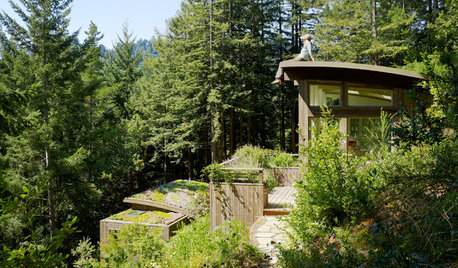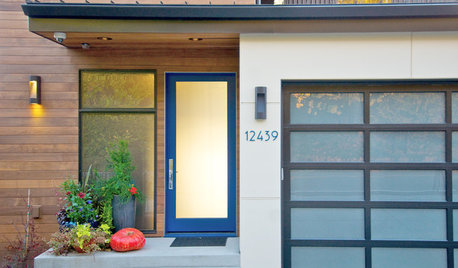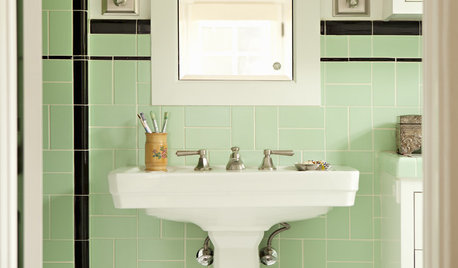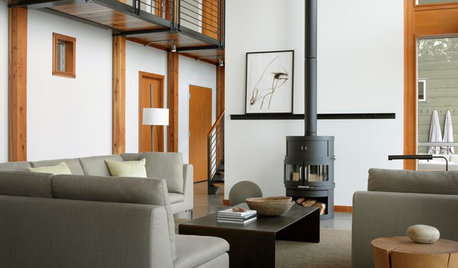Celtis Julianae air layer or Q.A. air layer
betula_pondula
15 years ago
Related Stories

REMODELING GUIDESLiving Roofs Crown Green Design
Living roofs save energy, improve air, water, curb appeal — and the view from above doesn't hurt either
Full Story
HOUZZ TOURSMy Houzz: Pretty Meets Practical in a 1920s Walk-Up
Creative styling gives an 800-square-foot rental such an inspired homey air, you might just miss the office in the living room
Full Story
KITCHEN DESIGNKitchen Workbook: 6 Elements of a Contemporary Kitchen
If high-tech appliances, cutting-edge storage and the layered look appeal to you, a contemporary kitchen may be right up your alley
Full Story
ENTRYWAYSGlass Doors That Welcome — and Protect Your Privacy Too
These front-door designs let in the light but keep your air-guitar performances safely in-house
Full Story
DECORATING STYLESSplendor in the Bath: Art Deco Brings on the Elegance
Give your bathroom a graceful air with the curves and motifs of the ever-popular 1920s style
Full Story
GARDENING GUIDESGreat Garden Combo: 3 Wonderful Plants for a Deer-Resistant Screen
Protect your privacy and keep deer at bay with a planting trio that turns a problem garden area into a highlight
Full Story
BEDROOMS13 Simple Steps to a Perfectly Made Bed
Drift off to dreamland in a delightfully soothing, artfully dressed bed worthy of a posh hotel
Full Story
GREAT HOME PROJECTSWhat to Know Before Refinishing Your Floors
Learn costs and other important details about renewing a hardwood floor — and the one mistake you should avoid
Full Story
GARDENING GUIDESLush, Foodie Abundance in a Small Urban Garden
This modest backyard garden provides its owner with fruit and vegetables all year round, thanks to an innovative low-maintenance approach
Full Story
REMODELING GUIDESClean-Burning Woodstoves Ignite a Greener Heating Trend
No need to rely on oil or gas to heat your home — new woodstove designs burn cleanly and are beautiful to boot
Full Story







gold3nku5h
moulman
Related Professionals
Garden City Landscape Architects & Landscape Designers · West Chester Landscape Architects & Landscape Designers · Aberdeen Landscape Contractors · Beachwood Landscape Contractors · Fuquay-Varina Landscape Contractors · Roswell Landscape Contractors · Tacoma Landscape Contractors · Tamarac Landscape Contractors · University City Landscape Contractors · Vashon Landscape Contractors · Wallingford Landscape Contractors · Woodburn Landscape Contractors · Baltimore Decks, Patios & Outdoor Enclosures · Oak Ridge Decks, Patios & Outdoor Enclosures · St. Louis Decks, Patios & Outdoor Enclosuresmoulman
betula_pondulaOriginal Author